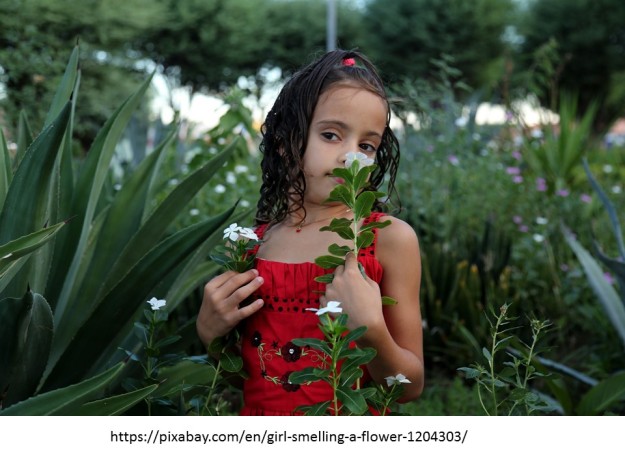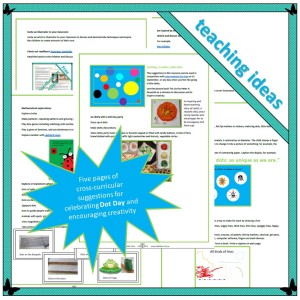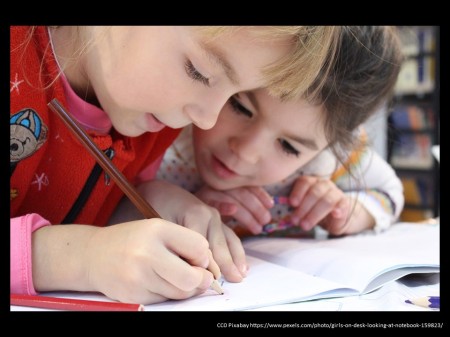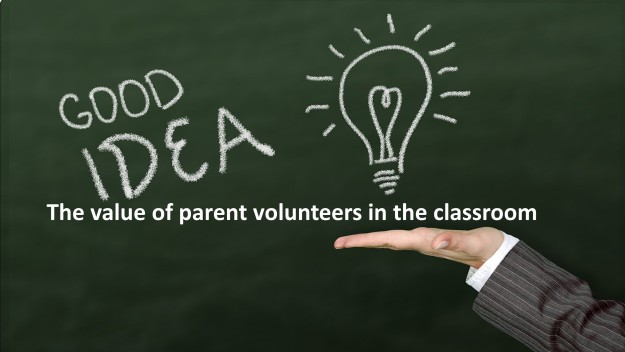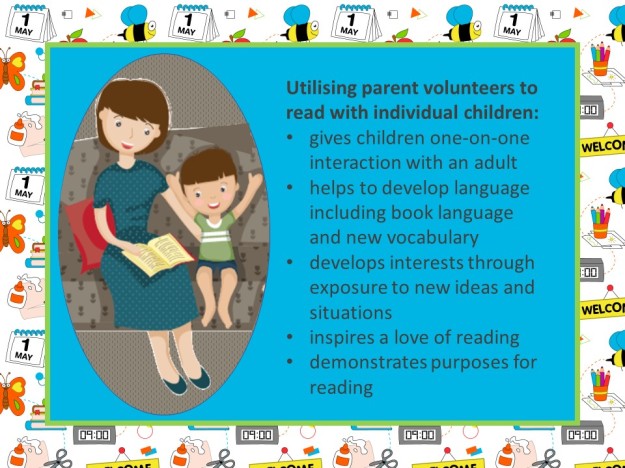We often hear stories of swimmers being sucked out to sea by dangerous riptides and of the heroic efforts of lifeguards to save them. In Australia, life savers are volunteers who generously give up their time to help ensure the safety of others. According to this article from news.com.au, most drownings in Australia occur in ocean rips; many because people are overconfident of their ability to recognise them. Though surf life savers who patrol our beaches clearly identify areas under surveillance, many beachgoers choose to swim outside the flags, believing they will be safe, that it won’t happen to them.

With summer on its way and warmer weather already (or still) here, people, including my grandchildren and their parents, are heading to the beaches for our spring school holidays. I urge everyone to stay safe and be wary of those unseen rips. I also offer a huge word of thanks to the generous volunteers who safeguard our swimmers.

This news report, which aired on Saturday evening, explains some reasons for their generosity:
“Life is just that precious. If we can’t see you, we can’t help you.”
“We get paid nothing, but it’s worth it.”
“It’s about the community giving back to the community, and you know, helping out.”

This week at the Carrot Ranch, Charli Mills is talking about riptides. She has sucked me along in the current with her challenge to In 99 words (no more, no less) write a story about a riptide. How can it be used to move a story? It could be a stretch of turbulent water or a pull of another kind. Go where the prompt leads even if you find it unexpected.
In her post, Charli repeats a line, reminiscent of a song of which I was unaware:
“I run down to the riptide”.
Each time Charli reaches the riptide, she opens a hatch of treasures and possibilities, of ideas and achievements with which she could swirl away. Me? At the mention of riptide, I was thinking of being sucked in and drowning, of being carried away from safety. But to be picked up and carried to a land of possibilities may be more enticing with more opportunities to explore. There may be more to currents than the ocean’s deadly pull. Let’s see where this one goes.
Where else but education?
For teachers, it’s important to not get carried away by the latest fads with their deceptive surfaces hiding dangers in their depths. Many teachers flounder in overwhelming workloads, unrealistic expectations, and defective advice. They lose sight of the shore and get dragged out to sea where, sadly, many drown.
It is also important for teachers to know where the (figurative) waters are safe for children, and where there are just enough ripples to challenge them, strengthening their grit and confidence.
Children themselves need to know how to interpret the waters, to avoid the dangers so that they might enjoy what is on offer. Standing on the edge in fear while others are having fun may spark “if only” thoughts of dissatisfaction. Jumping recklessly in too deep may be just as disastrous.
The same is true in life. If we don’t have a go, how will we ever know if success is possible?
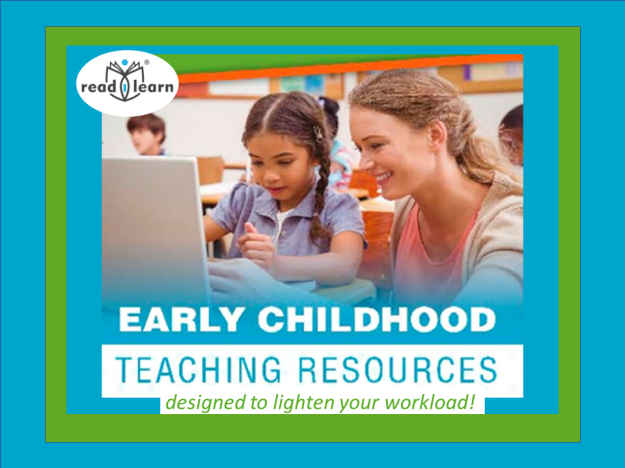
I jumped into blogging just over three years ago, tested the waters and developed my swimming skills. I thought I was doing okay. A little over a year ago, I dived in deeper, perhaps a little recklessly though it didn’t seem so at the time, with the launch of readilearn, an online collection of early childhood teaching resources. I sometimes feel that I am treading water, struggling to hold my head above the surface and avoid the rip that threatens to suck me under. I knew it would be a learning journey. I just didn’t realise how much I needed to learn. Belief in what I’m doing and hope for what the future may hold, drives me forward. I swim, hoping to find the current that carries me towards my goal rather than away from it.
So, I’m thinking about the child on the beach, feeling the drag of the water underfoot, unsure of whether to enter or not. No dangerous undercurrents here. I hope you enjoy it.
Sucked in
The older ones squealed, dropped their towels, and raced for the water. The little one toddled beside Mum, each laborious step prolonged by distractions of beach debris, flapping gulls, and footprints in soft white sand. Mum’s eyes flitted between him and the two in the waves. Thankfully, guards were on duty. When they reached the water’s edge, he baulked, shook his head, and plopped backwards. Gentle waves lapped his feet, then tickled as they sucked out the sand. Mesmerised, he chuckled. His siblings joined him. When they offered their hands, he accepted, stepping joyfully alongside them in the shallows.

Thank you for reading. I appreciate your comments. Please share your thoughts.



















